Metal-organic frameworks and their derived materials forelectrochemical energy storage and conversion: Promises and challenges
Science Advances 01 Dec 2017:
Vol. 3, no. 12, eaap9252
DOI: 10.1126/sciadv.aap9252
Introductionto MOF
Metal-OrganicFrameworks (MOFs) are organic-inorganic hybrid materials with intramolecularpores formed by self-assembly of organic ligands and metal ions or clusters bycoordination bonds. MOFs have some attractive characteristics, such as largespecific surface area, highly ordered pores, adjustable size structure and compositionand ease to be functionalized. Such structural features make it have broadapplication prospects in gas adsorption and separation, heterogeneouscatalysis, chemical detection, biomedicine and other fields. Due to theorganic-inorganic hybrid characteristics, porous structure and reactioncharacteristics, MOFs can be used as precursors for the controlled synthesis ofvarious inorganic functional materials with micro/nano structures.Metal-organic frameworks and their derivatives have received extensiveattention in recent years, especially in the field of energy storage.
Researchoutput
ResearchProfessor Haobin Wu from Zhejiang University and Professor Xiongwen Lou fromNanyang Technological University in Singapore published a review article aboutemerging applications of pristine MOF-based materials and MOF-derived materialsin fields of electrochemical energy storage and catalysis. (Wuand Lou, Sci. Adv. 2017;3: eaap9252) The paper reviewed the researchstatus and application prospects of MOF-related materials in secondarybatteries, electrochemical capacitors, electrolyzed water hydrogen productionand fuel cells. On the one hand, MOF-related materials can be used as electrodematerials for energy storage devices such as batteries and capacitors, as well aselectrocatalysts for electrochemical energy conversion technologies such aselectrochemical fuels and fuel cells. In addition, new solid electrolytes canalso be developed by preparing MOFs with ionic conductivity. On the other hand,MOFs can be used as a precursor to prepare inorganic functional materials withdifferent chemical compositions, micro-nanostructures and excellentelectrochemical properties. Excellent electrochemical energy storage andcatalytic performance can be realized through the regulation of components andstructures. As a kind of emerging functional material, MOFs and theirderivatives provide new opportunities for clean and efficient use of renewableenergy, but related research also faces various challenges.
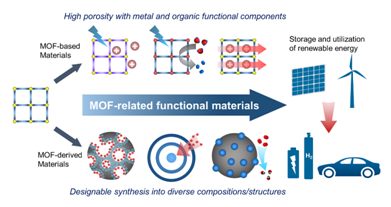
Fig. 1. Schematic of MOF-related materials for renewable energy.
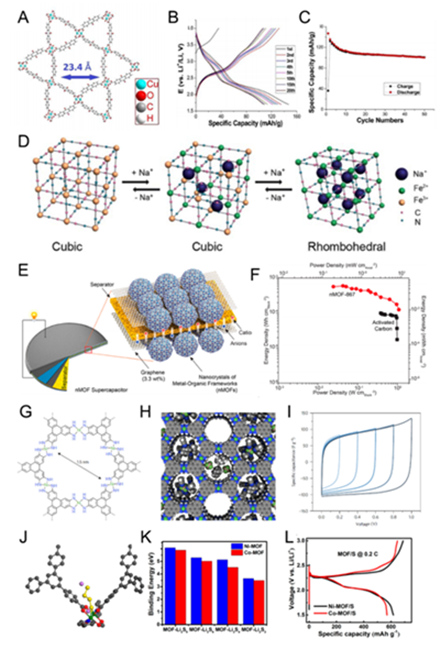
Fig.2. MOF-related materials for charge storage. A-C.A redox-active MOF for lithium batteries; D.Schematic of electrochemical Na storage in Prussian blue crystal; E-F.Electrochemical capacitor based on MOFs; G-I.Electronic conductive MOFs for electrochemical capacitors; J-L.MOFs as sulfur host for lithium-sulfur (Li-S) batteries. Fig.3. MOF-related materials for electrocatalysis:
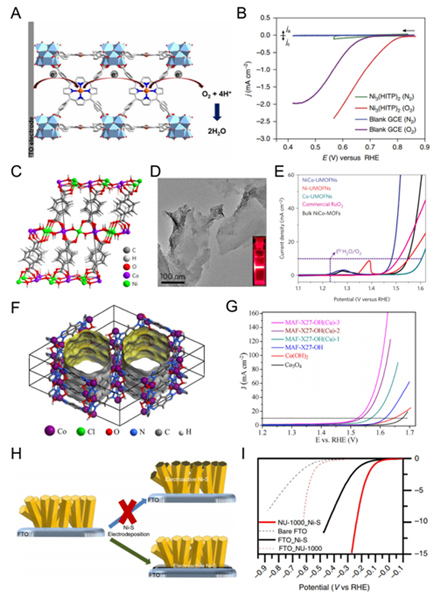
A-B.MOFs for redox reaction;
C-E.UMOFNs as an electrocatalyst for OER;
F-G.A Co-based MOF for OER:
H-I. MOFs-assistedelectrochemical hydrogen production.

Fig.4. MOF-related materials for ionic conduction:
A-C.MOFs with acid radicals as proton conductor;
D-E.MOFs adsorbing imidazole molecules as proton conductors;
F-G. MOFs-based proton conductors with layered structure and continuoushydrogen bonding;
H-I. MOFs-based lithium-ionconductor.
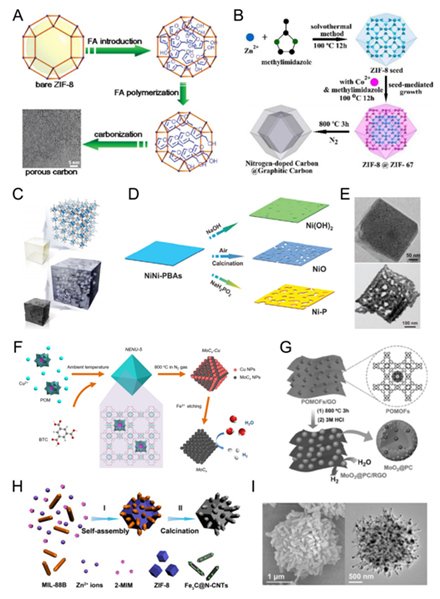
Fig.5. Compositional control of MOF-derived materials:
A-C.Porous carbon material and composite material derived from MOFs;
D-E.A variety of nickel-based compounds derived from MOFs;
F-I.Molybdenum-carbon and iron carbide-carbon composites derived from MOF compositeprecursors.
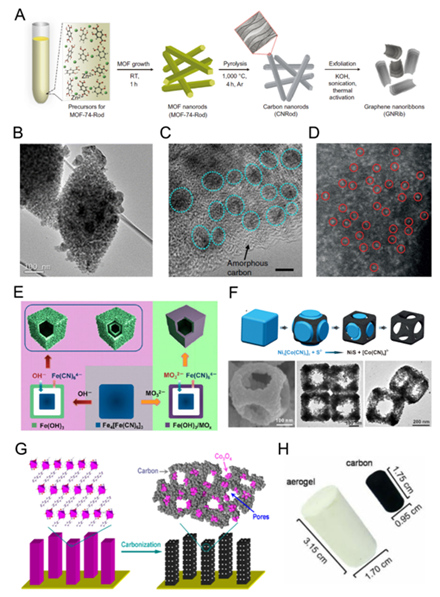
Fig.6. Morphological and structural control of MOF-derived materials:
A.1D and 2D nanocarbon materials derived from MOFs;
B-D.Porous carbon supported molybdenum carbide nanoparticle composite structurederived from MOFs;
E-F.Hollow and frame structures derived from MOFs;
G-H. Nanowire arrayand porous bulk structure derived from MOFs.

Fig.7. Functionalities and applications of MOF-derived materials:
A-B.Nano carbon materials derived from MOFs for EDLC;
C-E.Multilayer hollow oxide derived from MOFs for hybrid capacitors;
F-G.Hollow structure derived from MOFs used as sulfurcarrier for lithium sulfur battery;
H.Metal sulfides derived from MOFs for electrochemicalhydrogen production;
I-K.Carbon nanotube hollow structure derived from MOFs as an oxygen reduction-oxygenationdual function catalyst.


